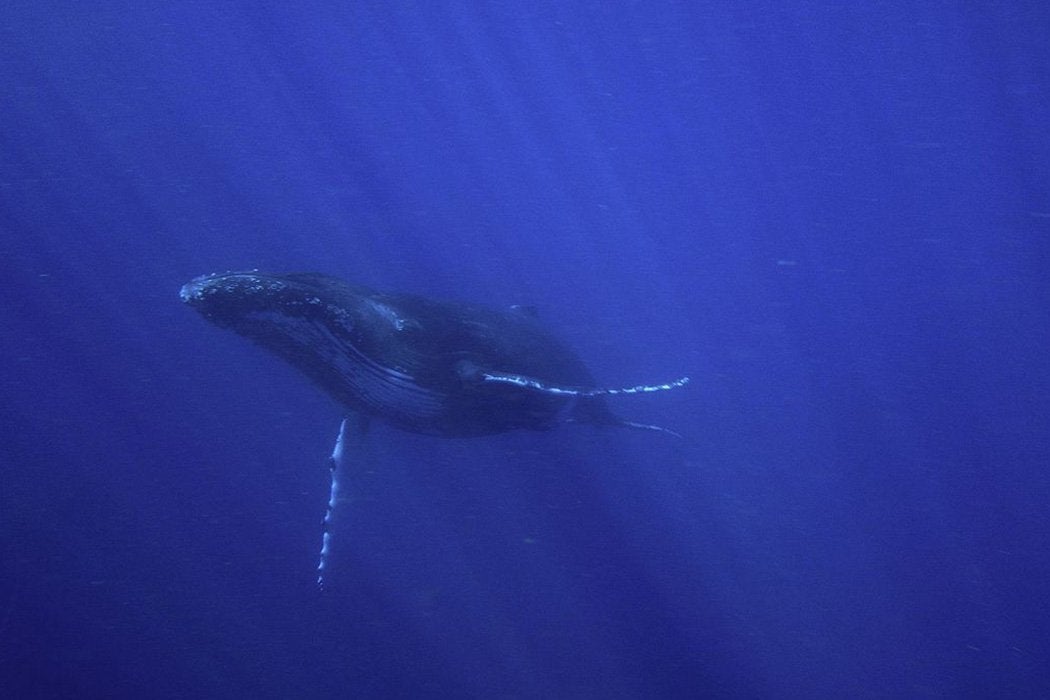It’s not a joke: whales have become almost common in New York City. Once rare, humpback whales are now frequent visitors to New York City. Multiple companies offer whale-watching tours, leaving straight from the city. What brought whales to the city? It’s a tale of water quality, plankton, and an unassuming but vital fish called the menhaden.
The story begins in the 1970s with the passage of the Clean Water Act. In prior years, New York Harbor and surrounding waters were a dumping ground for all manner of filth. (There’s a place in Queens called Dead Horse Bay, named for the many horse parts that were dumped there in the late nineteenth century). Improvements in both the volume and type of sewage treatment from New York City rapidly improved water quality. In under two decades, dissolved oxygen in New York City waters almost doubled, levels of fecal coliform bacteria declined, and summer periods of extremely low oxygen (hypoxia) decreased in strength and duration. Other types of pollution were reduced as well.
As the water quality improved, the food web began to rebuild. Cleaner water allows algae and plankton to thrive, and these in turn provide food for small fish, particularly menhaden. Menhaden, colloquially known as bunker, are a very oily herring that people generally don’t eat. Menhaden follow plankton blooms, so as plankton thrive in New York City waters, menhaden follow in enormous schools to feed, bringing with them striped bass, weakfish, bluefish, and, increasingly, whales and dolphins.
The menhaden may be inedible to humans, but that does not mean they aren’t exploited; there is a robust fishery, primarily for livestock feed and fish oil supplements. The stock was historically overfished, depleted by half just from the 1950s to the 1960s alone. Fisheries managers were traditionally slow to regulate Menhaden. However, a catch limit on Menhaden was finally set a few years ago despite industry pushback. As a result, harvests have decreased and the population has stabilized.
Once a Week
The combination of cleaner water, more plankton, and better management means that at least for now there are ample menhaden moving in and out of New York City. Stand on a pier in Battery Park at the right time and you can see them, huge dark ribbons indicating a traveling shoal. Periodic splashes indicate that bluefish are feeding. Birds circle above. Maybe a little bit farther out a humpback whale comes from below and gulps a mouthful. It’s like going back in time. And it happened through holistic improvements throughout the ecosystem.







